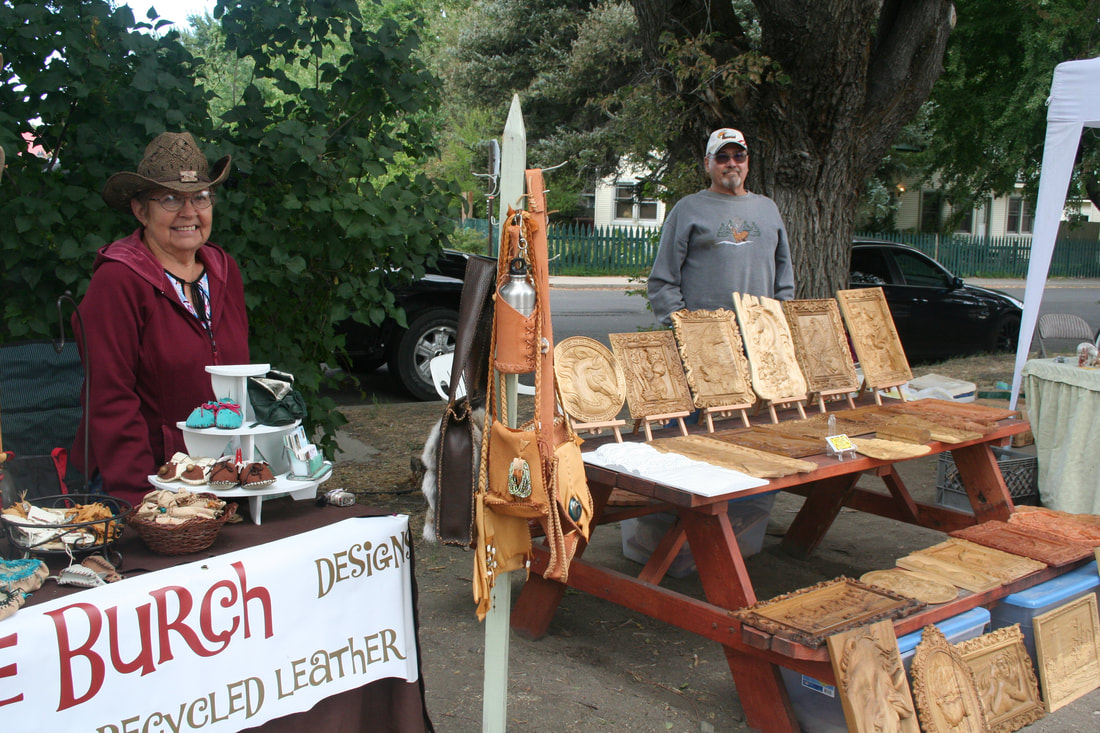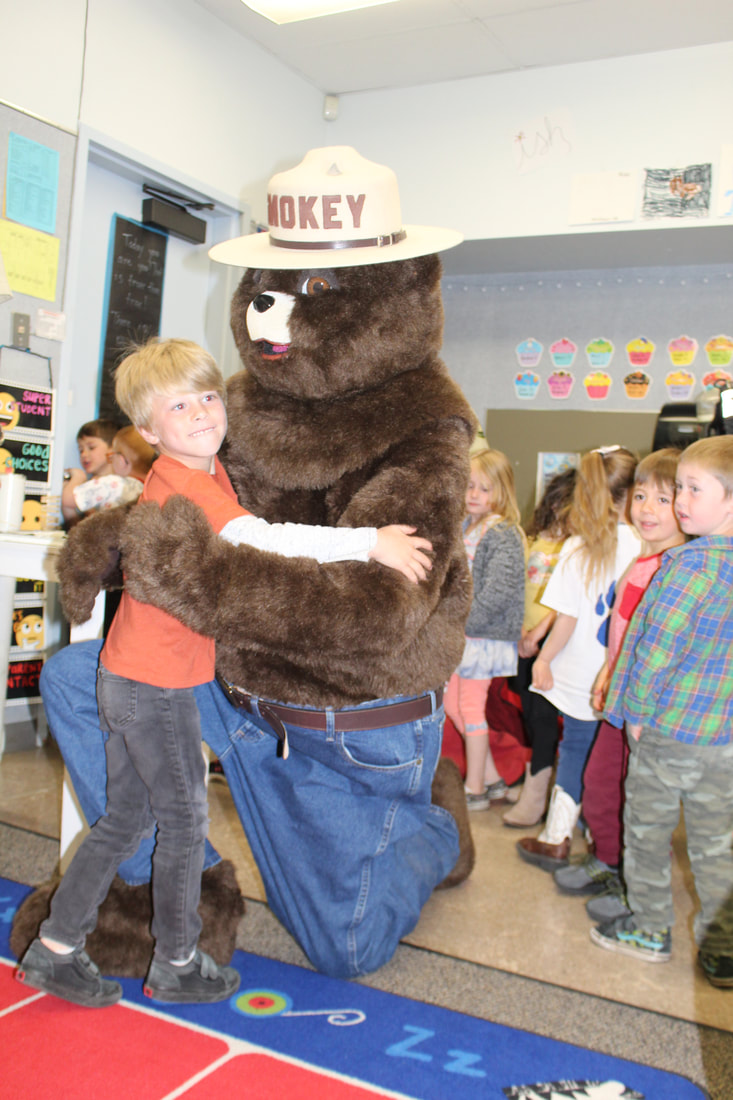SUSANVILLE, Calif. -- Lassen National Forest officials will lift fire restrictions forest-wide, effective Friday, October 5, 2018.
Forest visitors may once again have campfires outside of developed campgrounds and recreation sites, although California Campfire permits are still required. The free permit may be obtained online at http://www.preventwildfireca.org/Campfire-Permit/ or from Forest Service offices during regular business hours (Monday-Friday 8 a.m. - 4:30 p.m.). Visitors are reminded to keep campfires small and ensure they are completely extinguished and cold to the touch before leaving.
It remains the responsibility of woodcutters to obtain the "woodcutting status" by calling (530) 257-9553 each day before heading out to cut wood. The recorded message will be updated to notify potential woodcutters if there are restrictions such as 1 o'clock shut-down, open all day (no restrictions), or no woodcutting allowed that day.
As a reminder, woodcutters must assure chainsaws are equipped with spark arresters, possess valid woodcutting permits and attach tags to their loads, so they are easily visible as they transport the wood.
For more information, contact any Lassen National Forest office.
Almanor Ranger District Office (530) 258-2141
Eagle Lake Ranger District Office (530) 257-4188
Hat Creek Ranger District Office (530) 336-5521
Forest Headquarters (530) 257-2151
# # #
SUSANVILLE, Calif. -- Although fire season is still here, fire managers on the Lassen National Forest are beginning to plan for prescribed burn operations. Prescribed burning will begin when weather conditions allow for safe and effective burning conditions.
The Lassen National Forest uses prescribed fire to meet a multitude of objectives, including reducing natural fuel accumulations and fuels generated by activities such as timber sales and hand thinning projects. An additional purpose for using prescribed fire is to reintroduce fire to ecosystems that evolved with frequent fire. Prescribed fire mimics this essential component of western ecosystems by increasing the vigor of understory productivity, improving forage for wildlife and releasing nutrients into soils by consumed fuels. Prescribed fire also improves the resilience of forested lands to the threats by uncharacteristically severe wildfire as well as impacts by insects and disease.
The Eagle Lake Ranger District will be implementing prescribed burns in several project areas. Approximately 1,388 acres of understory burning could occur in the following locations: Bailey Defensible Fuel Profile Zone (DFPZ) on the northwest side of Campbell Mountain (311 acres), Blacks Mountain Experimental Forest (412 acres); Summit DFPZ on the east side of Logan Mountain (465 acres), and Houseman and Signal DFPZs around Dow Butte (200 acres), located approximately 6 miles north of the community of Spalding. Depending on weather conditions during the prescribed burning, smoke could be visible from Susanville, the Eagle Lake Basin, Westwood, Spalding, and while traveling on Highways 44 and 139, and County Roads A1 and A21. In addition to these treatments, approximately 178 acres of landing piles and 73 acres of hand piles will be burned throughout the district, once significant rain or snowfall has occurred.
The Almanor Ranger District will focus efforts on the Minnow Project, where up to 295 acres of understory burning will take place. The Minnow Project is an oak and pine enhancement project located in Butte County, approximately two miles east of the community of Inskip. Smoke from this burn may be visible from Chico and other communities in the Sacramento Valley. In the Philbrook Lake area, about 15 acres of landing piles will be burned as well as 40 acres of machine piles and 55 acres of hand piles. North of the community of Mineral, an additional 15 acres of landing piles will be burned. Hand piles from an aspen enhancement project will be burned in the Domingo Springs area, north of Chester for about four acres.
The Hat Creek District will be conducting up to 500 acres of underburning in and around the community of Old Station. Smoke may be visible to those traveling through the area on Highways 44 and 89. In the areas of Halls Flat and Blacks Ridge, an additional 1,500 acres of underburning is scheduled. And, once wetter weather sets in, district fire management personnel are planning to burn 700 acres of piles spread across the District.
Smoke is a natural byproduct of prescribed burn operations, and fire managers take precautions to manage it. First, burning only takes place on permissive burn days identified by local air pollution control districts. Second, many treatment areas have been mechanically thinned, resulting in reduced smoke emissions. Finally, fire managers coordinate with other public agencies and industrial landowners in northeastern California on burn days, which limits the amount of smoke in the air at any one time.
Prescribed burning is a valuable tool that has been proven to limit subsequent wildfire severity as well as improve conditions for firefighters by decreasing fire behavior in areas that have experienced prescribed fire. The Lassen National Forest remains committed to using prescribed fire in combination with other land management techniques to return public lands to a more natural, fire resilient condition while protecting communities from the effects of wildfires.
Lassen National Forest lies at the Crossroads of California, where the granite of the Sierra Nevada, the lava of the Cascades and the Modoc Plateau, and the sagebrush of the Great Basin meet. The Forest is managed for recreational access as well as timber and firewood, forage for livestock, water, minerals, and other natural resources.
# # #



